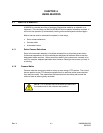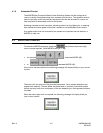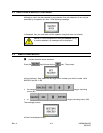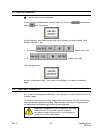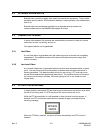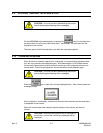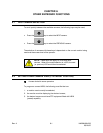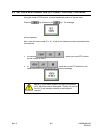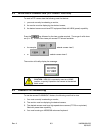
5.2 EXTERNAL ALARM INPUTS
External alarm inputs are usually hard wired into the subrack equipment. They include
perimeter security alarms, PIR movement detectors, intercom alarms, door state alarms,
and so on.
External alarms are sometimes monitored by a separate security system and
communicated back to the MAXPRO-Net system for action.
5.3 CAMERA FAIL ALARMS
In some video systems, the cameras are automatically monitored to check for camera
malfunction and/or cut-cabling, and so on.
Two types of alarms can be generated:
5.3.1 Lost Video
A Lost Video alarm is generated when the video signal from a camera has completely
disappeared. The possible causes of this alarm could be blown power-supply fuse
and/or cut-cable.
5.3.2 Low Level Video
A Low-Level Video alarm is generated when the picture level decreases below a preset
point. The low picture level must be present for several seconds before the alarm is
actually generated. This detection delay allows for auto-iris lag. PTZ units can move
across dark scenes without generating false alarms. The possible causes of this alarm
are; the front of the lens is covered, the scene lighting is low, or the camera or lens
maybe faulty.
5.4 PTZ SITE FAILED ALARMS
In video systems, the camera PTZ site receivers are continuously monitored, even while
the site is not being used. If a PTZ site should fail, then an alarm will occur.
While the PTZ site has failed, it is still possible to view a picture from this camera. If,
however, the PTZ controls are used, then the operator is again prompted with the
following message;
When the PTZ site is repaired, the alarm will clear automatically and PTZ control is
restored.
Rev. A 5-2 HMXMU001056
03/16/05




